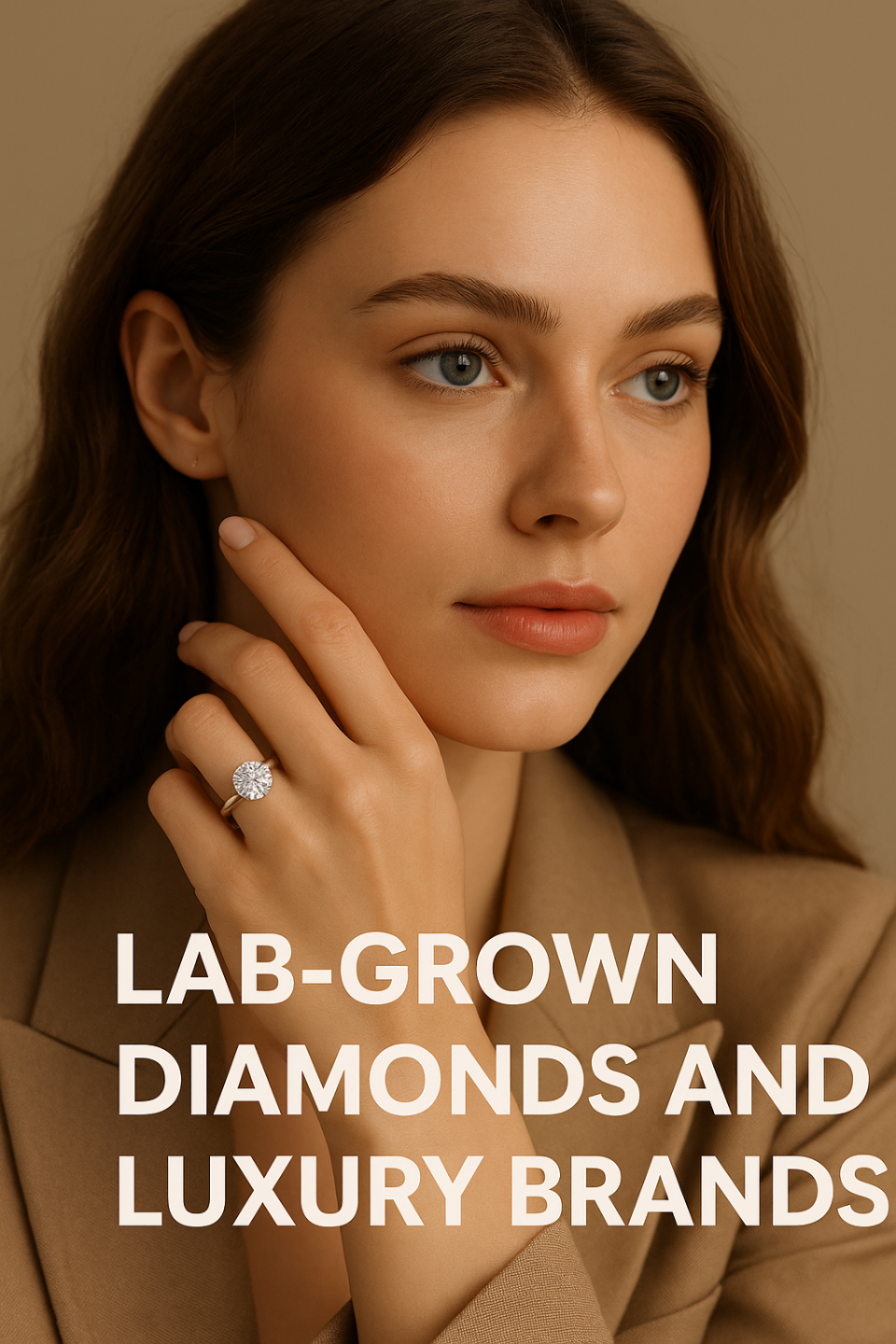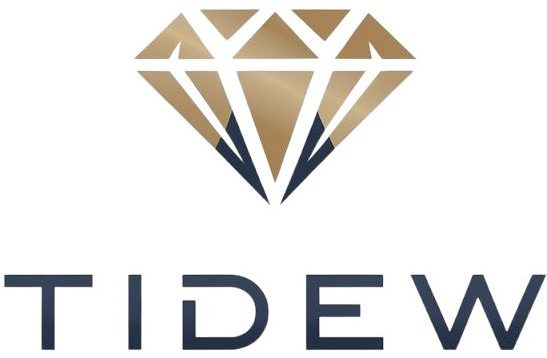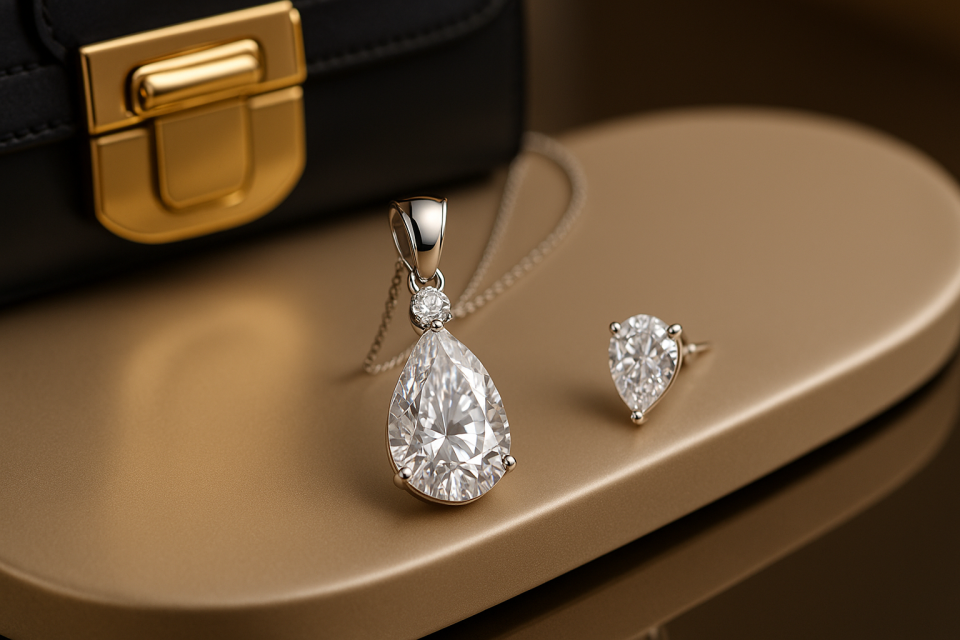Luxury brands have long set the tone for global fashion and jewelry trends. As sustainability and ethical sourcing rise in consumer priorities, lab-grown diamonds have stepped into the spotlight. The question now is: are luxury brands truly embracing this innovation, and how is it reshaping the jewelry industry?
Luxury Brands Adopting Lab-Grown Diamonds

Several renowned luxury brands are now including lab-grown diamonds in their collections:
- Tag Heuer introduced watches with lab-grown diamond bezels, showcasing precision and modernity.
- Pandora officially stopped using mined diamonds and shifted entirely to lab-grown diamonds, positioning itself as a sustainability pioneer.
- De Beers’ Lightbox focuses on affordable lab-grown diamond jewelry while still emphasizing brand prestige.
Consumer Feedback on Brand Transition
Consumers, especially millennials and Gen Z, are increasingly vocal about supporting environmentally friendly and ethically sourced products. Surveys show:
- Positive Perception: Many customers view luxury brands adopting lab-grown diamonds as forward-thinking and socially responsible.
- Skepticism: A small group still questions whether luxury and “lab-grown” can coexist, as traditional perceptions tie luxury to rarity and natural origin.
Brand Image and Sustainability Goals
Incorporating lab-grown diamonds aligns with the sustainability strategies of luxury brands:
- Enhancing Brand Value: Positioning as leaders in responsible luxury.
- Meeting ESG Standards: Supporting global initiatives focusing on carbon neutrality and ethical sourcing.
- Attracting New Segments: Appealing to environmentally conscious, tech-savvy consumers.
Market Competition Landscape Shifts

The entry of luxury giants into the lab-grown diamond segment is reshaping competitive dynamics:
- New Entrants: Startups focusing exclusively on lab-grown diamonds gain visibility as traditional luxury brands validate the market.
- Price Strategies: Lab-grown diamonds allow brands to offer more competitive pricing without compromising design or quality.
- Innovation Race: More investment in design, marketing, and technology to differentiate lab-grown collections from mined diamond lines.
Impact on Industry Trends
The luxury industry’s acceptance of lab-grown diamonds sets a precedent that impacts the entire jewelry ecosystem:
- Wider Acceptance: Middle-tier brands and retailers follow luxury leaders in embracing lab-grown solutions.
- Policy and Standards: Greater emphasis on transparency and certification standards (IGI, GIA) for lab-grown stones.
- Consumer Mindset Shift: Diamonds are increasingly viewed as symbols of innovation and sustainability, rather than exclusively rarity and origin.
Conclusion
Luxury brands are playing a critical role in legitimizing lab-grown diamonds, shifting public perception and market expectations. While some consumers still hold traditional views, the industry is clearly moving toward a future where sustainability and luxury coexist — and lab-grown diamonds are at the heart of that transformation.

